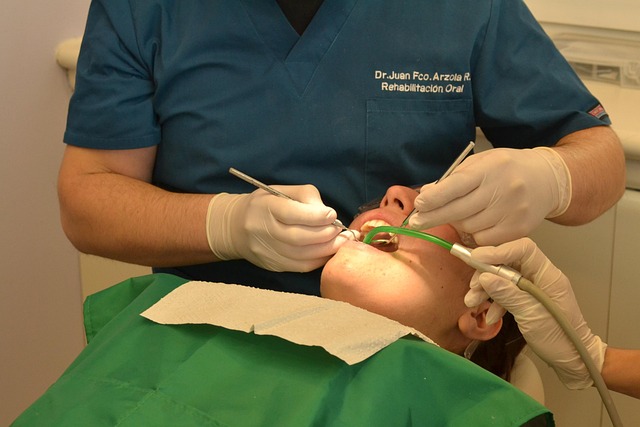Hair Transplantation Options Available Across Poland
For individuals seeking hair restoration solutions, options within Poland provide a viable alternative to international destinations like Turkey. Understanding the various aspects of hair transplantation, including techniques and associated costs in major cities, can aid in making an informed decision. Natural methods are gaining traction, reflecting an increase in patient satisfaction.

Understanding Different Hair Transplantation Methods
Hair transplantation in Poland encompasses several established techniques, each with distinct characteristics and applications. The Follicular Unit Transplantation (FUT) method, also known as the strip method, involves removing a strip of scalp from the donor area, typically the back of the head. This strip is then dissected into individual follicular units for transplantation. While FUT offers efficiency for larger areas, it leaves a linear scar at the donor site.
Alternatively, the Follicular Unit Extraction (FUE) technique has gained substantial popularity across Polish clinics. This method extracts individual follicular units directly from the donor area using specialized micro-punches. The extracted units are then implanted into the recipient areas. FUE leaves minimal scarring, typically only tiny circular marks that become virtually undetectable once healed, making it particularly suitable for patients who prefer shorter hairstyles.
More recently, Direct Hair Implantation (DHI) has become available in select advanced Polish clinics. DHI utilizes specialized tools called Choi implanters that extract and immediately implant hair follicles in a single step, potentially increasing survival rates and precision. This technique is especially beneficial for creating natural-looking hairlines and addressing smaller areas of thinning.
Factors Influencing Hair Transplantation Costs in Major Cities
The cost of hair transplantation in Poland varies significantly based on several factors, particularly geographic location. Procedures in Warsaw and Krakow typically command premium prices due to higher operational costs and concentration of specialized clinics. Meanwhile, cities like Wrocław, Poznań, and Gdańsk often offer competitive pricing while maintaining quality standards.
The transplantation method substantially impacts costs, with FUE and DHI generally being more expensive than FUT due to their labor-intensive nature and reduced scarring. Additionally, the extent of hair loss directly correlates with treatment cost, as more extensive procedures require additional time, resources, and technical expertise.
Surgeon experience and clinic reputation also significantly influence pricing structures throughout Poland. Established clinics with board-certified specialists and documented success rates generally charge higher fees than newer facilities. Many Polish clinics offer comprehensive packages that include consultation, procedure costs, post-operative medications, and follow-up appointments, providing patients with clearer cost expectations.
| City | Average FUE Cost (PLN) | Average FUT Cost (PLN) | Average DHI Cost (PLN) |
|---|---|---|---|
| Warsaw | 12,000-18,000 | 9,000-14,000 | 15,000-22,000 |
| Krakow | 11,000-16,000 | 8,000-13,000 | 14,000-20,000 |
| Wrocław | 10,000-15,000 | 7,000-12,000 | 13,000-19,000 |
| Poznań | 9,500-14,500 | 7,000-11,000 | 12,000-18,000 |
| Gdańsk | 9,000-14,000 | 6,500-11,000 | 12,000-17,000 |
Prices, rates, or cost estimates mentioned in this article are based on the latest available information but may change over time. Independent research is advised before making financial decisions.
Exploring Advanced Hair Transplant Technologies
Polish hair transplantation clinics have increasingly adopted cutting-edge technologies to enhance procedural outcomes. Robotic-assisted hair transplantation systems like ARTAS have appeared in select premium facilities, particularly in Warsaw and Krakow. These systems utilize artificial intelligence to identify optimal hair follicles for extraction and determine ideal implantation angles, potentially improving consistency and reducing procedure time.
Platelet-Rich Plasma (PRP) therapy frequently complements transplantation procedures across Poland. This technique involves injecting concentrated platelets from the patient’s own blood into the scalp to stimulate healing and hair growth. Many Polish clinics now integrate PRP sessions into their transplantation packages to potentially enhance graft survival rates and accelerate recovery.
Advanced microscopic techniques for graft preparation represent another technological advancement available in specialized Polish facilities. High-powered stereomicroscopes allow technicians to prepare and examine follicular units with exceptional precision, potentially increasing survival rates. Additionally, specialized preservation solutions developed specifically for hair follicles help maintain graft viability during the crucial period between extraction and implantation.
Pre- and Post-Procedure Care in Polish Clinics
Polish transplantation centers typically provide comprehensive pre-procedure guidelines to optimize outcomes. Patients are generally advised to avoid blood-thinning medications, alcohol, and smoking for specified periods before surgery. Many clinics also recommend specialized hair care regimens and nutritional adjustments to strengthen existing hair and improve scalp health.
Post-operative care protocols in Polish facilities generally include detailed instructions for sleeping positions, washing techniques, and activity restrictions. Patients typically receive medicated shampoos, anti-inflammatory medications, and sometimes antibiotics to prevent complications. Follow-up appointments are scheduled at strategic intervals to monitor healing and evaluate results, with most clinics offering remote consultation options for international patients.
This article is for informational purposes only and should not be considered medical advice. Please consult a qualified healthcare professional for personalized guidance and treatment.




